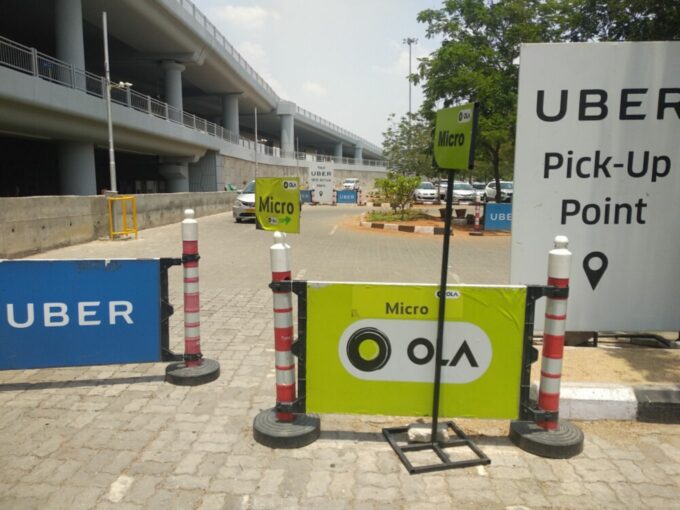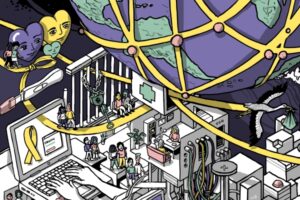From 113 Mn rides in January 2020, mobility companies in India had reached 78 Mn rides in March 2021
The recovery would have continued if not for the second wave of the Covid-19 pandemic which hit India last month leading to more lockdowns
The sector is likely to witness a 30-40% fall in volume due to the spike in Covid infections in recent weeks

India’s mobility sector, comprising ride-hailing giants Ola and Uber among others, had been on a path to recovery since June last year, as Covid restrictions were eased across the country and demand began to pick up again. From 113 Mn rides in January 2020, the sector recovered 69% of its pre-Covid volume or 78 Mn rides in March 2021. The recovery would have continued, if not for the second wave of the Covid-19 pandemic which hit India last month and has forced several states to again impose weeks-long lockdowns and curfews.
While the restrictions on movement aren’t as stringent and cabs are still plying on the roads, the sector is likely to witness a 30-40% drop in volumes, according to a RedSeer Management Consulting report.
The report mentions that autos, perhaps owing to their low price point, have witnessed the strongest recovery, from a pre-Covid volume of 28 Mn rides in January 2020, to 25 Mn rides in March this year. Cabs have recovered from 60 Mn rides in January 2020 to 40 Mn rides in March 2021, while bike taxis have recovered from 19 Mn rides pre-Covid to 14 Mn in March.
The report highlights that autos have increased their market share in the mobility segment with riders switching to online platforms to book their rides. From having a market share of 23% in the quarter ended March 2020, autos now hold a market share of 32%. Meanwhile, the market share for cabs has fallen from 59% in the March 2020 quarter to 51% in the quarter ended March 2021. The market size includes three leading players in the mobility segment, namely Ola, Uber and Rapido.
The gradual recovery in the mobility segment can be attributed to the fact that after nine months of lockdown restrictions last year beginning in March, most offices opened up with a 50% capacity leading to a return of demand, albeit slow. However, the report mentions that March 2021 again witnessed a decline in the number of rides. This decline would have been more pronounced in April as states such as Maharashtra, Delhi and Karnataka, among several others, have imposed lockdowns or curfew restrictions.
Notably, cab drivers have borne the brunt of the fall in demand for cabs, autos and bike taxis. Since last year, drivers’ associations have talked about their financial woes, as they were unable to pay off their loans due to the near-zero earnings during the two months of hard lockdown between late March to late May in 2020. Even when lockdown restrictions began to be gradually lifted from June 2020 onwards, drivers complained about low demand and a reduction in their earnings due to high commissions charged by aggregators Ola and Uber. The hike in fuel prices led to an increase in their out-of-pocket expenses, compounding their financial worries.










